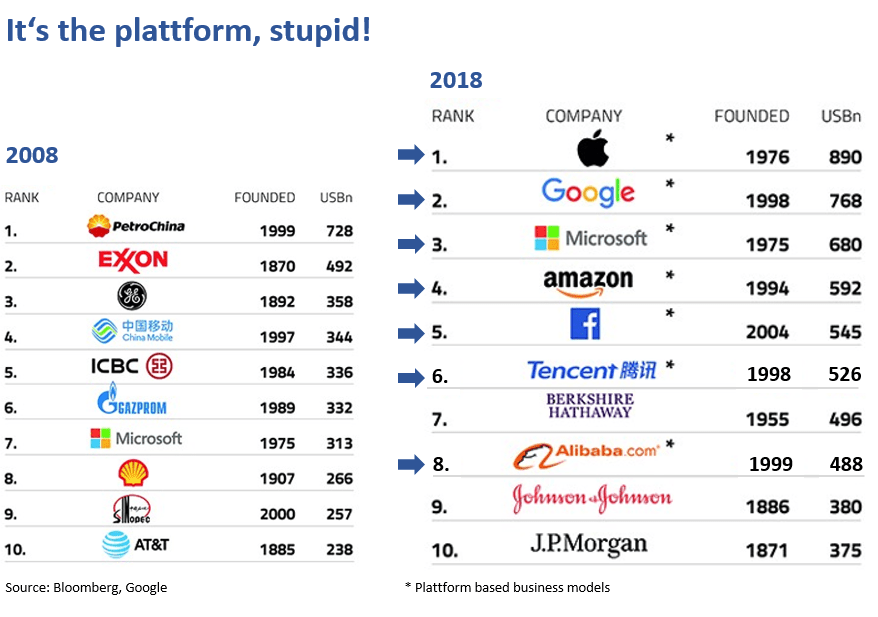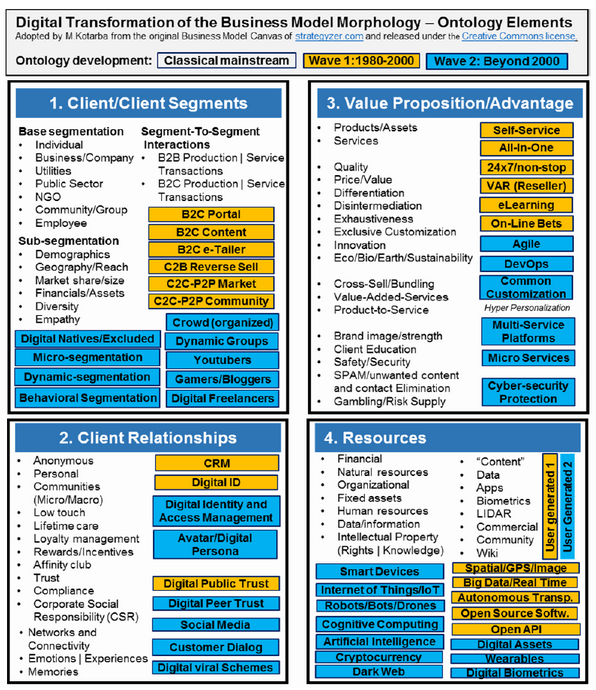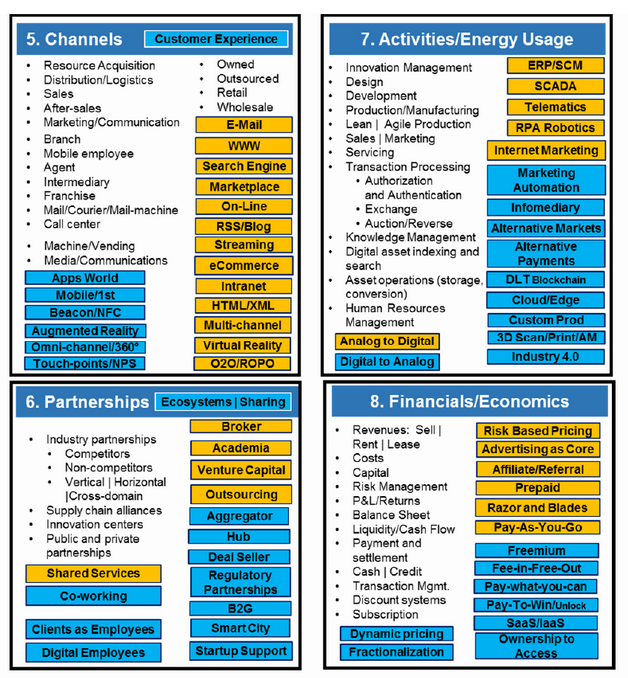MIPLM 2019-20: 6th module on how to develop digital business models that can be patented
Advances in digital technologies have led to the emergence of new business models that potentially challenge the status quo of many industries. The business models of companies such as Netflix or Tencent have already created measurable changes for their industries based on their IP strategies. During this last module of the Master Class for IP Law and Management at CEIPI, we analyzed the relevant IP strategies which are applied in different industries to create successful business models like digital platforms. These businesses have built a virtual marketplace that match two independent customer groups to enable commercial transactions. Nowadays, we see hundreds of such digital marketplace business models.
Within the recent years, the concept of digital transformation reached a solid and high position in strategic discussions across industries: its about survival of contemporary organizations. Digital transformation can be defined as the modification and adaptation of business models, resulting from the dynamic pace of technological progress and innovation that trigger changes in consumer and competitor behaviors. The driving force of the transformation are several core technologies that started gathering the critical mass of usage, enormous and unjustified investments in innovative enterprises, rapid onboarding of technological tools by consumers and businesses. The 6th module of the MIPLM-Program is about IP in business development for digital business models.

The discussion started with the differentiation of business model and strategy. We developed a multidimensional view on the core concepts of business models: the architecture which gives answer to the two most important questions: who is the customer and what does the customer value? We used the most common framework which was proposed by Osterwalder and Pigneur in the form of a “business model canvas” (BMC). The authors worked with 470 practitioners in 45 countries to gather all core elements of a business model in a single view. The resulting “canvas” contains the following components: key partners, key activities, key resources, value propositions, customer relationships, channels, customer segments, cost structures, and revenues.


The relative simplicity behind the BMC provides support for quick and efficient content documentation in the process of identifying crucial components of an organization. The BMC can be adopted to reflect the digital transformation of the business model of an organization, the digital formation of new entities and relationships driven by application of information technology. The information technology can be seen as an enabler of changes to the paradigms of organizations.
Based on the case study from Hilti the concept of a BMC and the digital transformation of a business model was intensively discussed. Students mapped the drivers of the digital transformation within the BMC.
Hilti has integrated key success factors such as high customer loyalty, a deep understanding of customer requirements, and the willingness to develop customized solutions into its IP strategy, IP design and IP management. Hilti has fully captured the digitization of the construction industry and is actively involved in shaping the transformation of planning, construction, maintenance, and logistics processes.
However, Hilti does not reduce itself to adapting the process landscape in its traditional business model of device sales but has adapted the traditional business model in order to meet customer requirements in the best way possible. Having adopted a market-oriented IP culture and having adapted its IP management to its business model, the company now benefits from the protection of its business model through the use of IP. Especially the use of digital patents ensures sustainable access to key resources as well as an economically advantageous positioning in the market. The company’s patent strategy and organization were gradually adapted to the new circumstances. The patent strategy has been extended beyond the reactive approach of protecting proprietary R&D results to include the proactive and business model-orientated creation of positions of exclusivity. The observable sustainable success of Hilti proves that the continuous adaption of IP management and IP strategy is the way forward. Here can you download the case study of Hilti.



